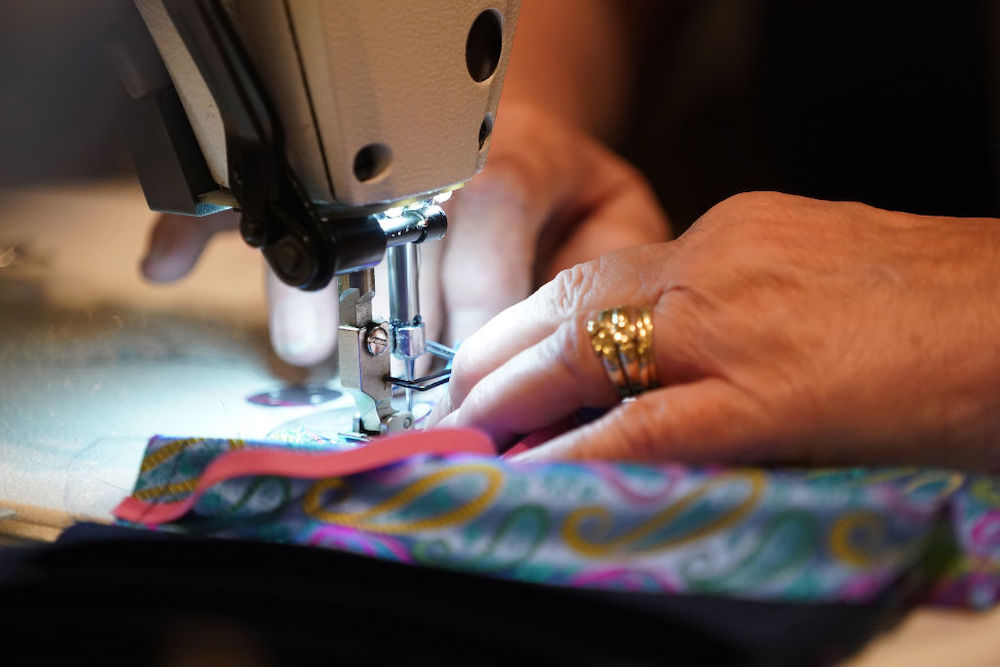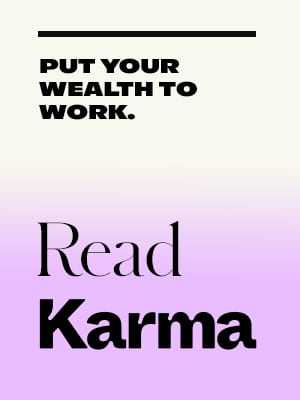- Transparency in clothing manufacturing, promoted by activists pointing out the environmental cost of “fast fashion,” may struggle initially once the economy reopens, but will continue to be a priority.
- Impact investors may come back to apparel making within six months to a year, says one expert in the field.
- Where clothes are made and under what conditions are outlined in this year’s Fashion Transparency Index, which has been grading the industry for five years.
For consumers and investors, transparency has become a buzzword, suggesting doors previously closed to outsiders are now open and putting on display once-shrouded processes.
One way the concept is measured In the fashion world — which has traditionally been secretive about how manufacturers source and process their materials, make their products and treat their workers — is through the Fashion Transparency Index. The annual index, which surveyed 250 brands and retailers about business practices, released its fifth set of findings last week.
The index scores companies on a variety of disclosures, including animal welfare, biodiversity, chemicals, climate, forced labor, working conditions and more.
Big brands like H&M and C&A came out on top in this year’s index.
“Transparency is [largely] a marketing strategy,” Syama Meagher, CEO of consultancy Scaling Retail, told Karma, in that it’s a way for brands and companies to tell the public what it wants them to know about its products.
Everlane, whose tag lines are “Modern Basics: Radical Transparency,” is an example, she said. A big part of the pitch for its high-end women’s and men’s wear is that the factories have a low carbon footprint and are energy efficient. The website copy also describes where and how fabrics and clothing are made, but does not disclose wages or working conditions.
Transparency coming from any company does not necessarily mean that materials are ethically sourced and workers are treated well, Meagher added — concepts that are especially popular with Gen Z and millennial shoppers.
Among the survey’s key findings are that most brands still lack transparency, although the trend toward adopting it is progressing; mid-price brands are more forthcoming in transparency than companies that make finer goods; more information is needed by brands on what they’re doing to reduce the climate crisis; COVID-19 has shined a spotlight on overconsumption; and there continues to be lack of transparency on living wages for workers in the supply chain.
Yet, however important or not transparency may be, will it matter to the brands that are drowning in inventory due to COVID-19 or to consumers, who need to start earning money again or to impact investors?
“I would argue yes,” Will Decker, a vice president at Plug and Play Ventures, a venture capital firm specializing in innovation that works with clothing retailers, told Karma. While Decker acknowledges that retailers and brands will first be focused on trimming excess inventory, he believes that innovation won’t be far behind. The pandemic experience has made consumers more world-focused and curious about where products come from and how they are manufactured.
As for impact investors in clothing, Kevin Parakkattu, a Plug and Play principal, expects retail investing, currently off, to be back within six months to a year.
The top 10 transparent companies, according to the index, in descending order are: fast-fashion brands H&M and C&A, Adidas/Reebok, Esprit, Marks & Spencer, Patagonia, VF Corp. brands The North Face/Timberland/Vans/Wrangler, Puma, ASOS, and Nike Inc.’s Nike/Converse/Jordan brands. On the other end of the spectrum are Bally, Belle, Elie Tahari, Heilan Home, Jessica Simpson, Max Mara, Mexx, Pepe Jeans, Tom Ford and Youngor, all scoring equally.
Photo by Sean Gallup/Getty Images





















